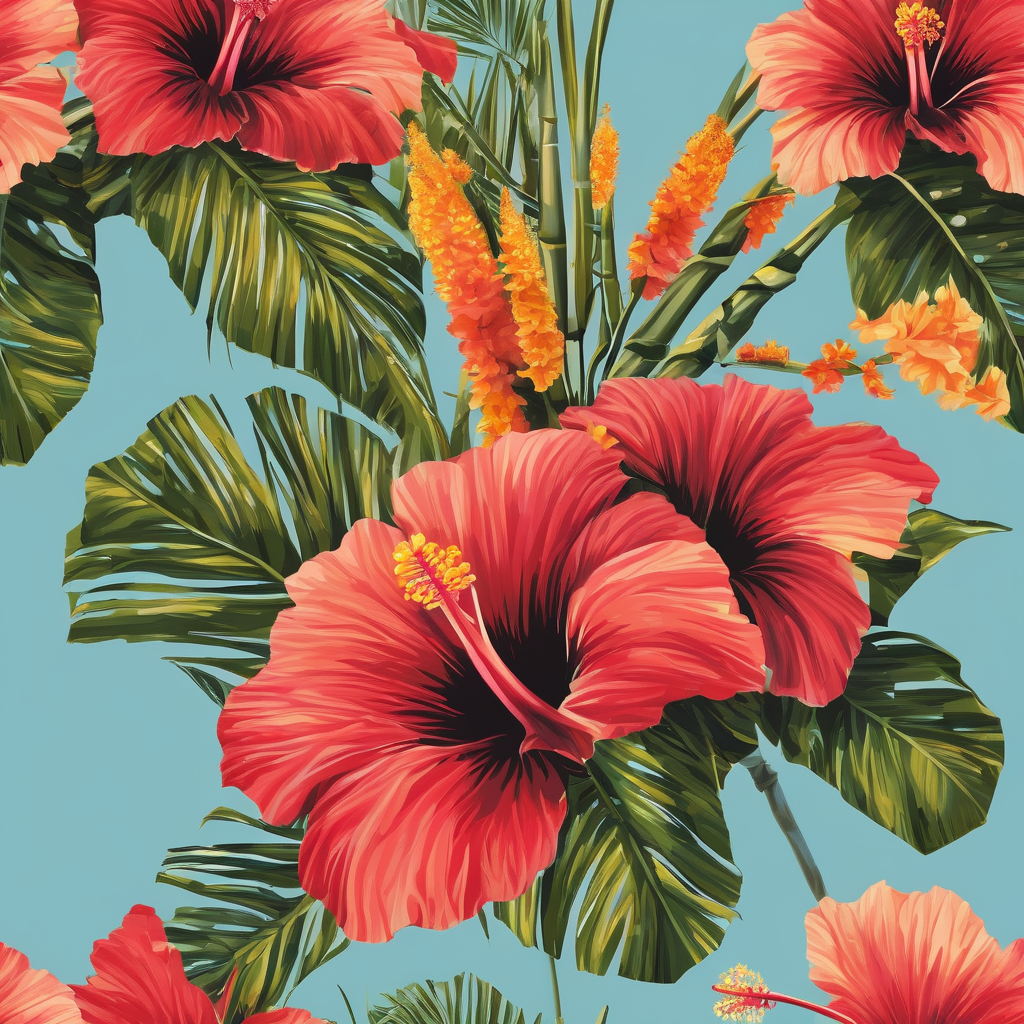The Sugar Festival, as it is known today, has its roots in the Hibiscus Festival, the inception of which was reported in an article by The Fiji Times dated April 9, 1958. The article indicated that the Hibiscus Festival was set to take place in Suva from September 20 to 27, following a similar event previously held in Lautoka.
The Lautoka Junior Chamber of Commerce, responsible for organizing the western event, consulted with the Suva Hibiscus Festival Committee to ensure that their initiative did not compete with the main festival in Suva. Their intention was to enhance interest in the Hibiscus Festival week while also catering to the North West region’s residents who wouldn’t be able to travel to Suva.
The Suva committee expressed unanimous support for the Lautoka event, provided that there would be a clear gap of one week between the conclusion of the Lautoka festival and the commencement of the Hibiscus Festival in Suva. Additionally, they requested that the name “Hibiscus” not be used in association with the Lautoka event to avoid confusion, suggesting alternative names like the Sugar Cane Festival or the Sugar Sweet Festival.
At that time, two notable competitions had been announced for the Hibiscus Festival in Suva. One was the Miss Hibiscus competition, where the winner would receive a round-trip flight for two to New Zealand, and the other was a Hibiscus poster competition, offering cash prizes of £20, £10, and £5 for the top three submissions.
The historical context of the Sugar Festival illustrates its significant role in fostering community spirit and engagement within Fiji. As festivals continue to evolve over the years, they highlight the importance of cultural celebrations and the unity they inspire among diverse populations. The vibrant traditions initiated in the Hibiscus Festival have had lasting impacts, transforming into an essential event for camaraderie and joy within the Fijian community.
